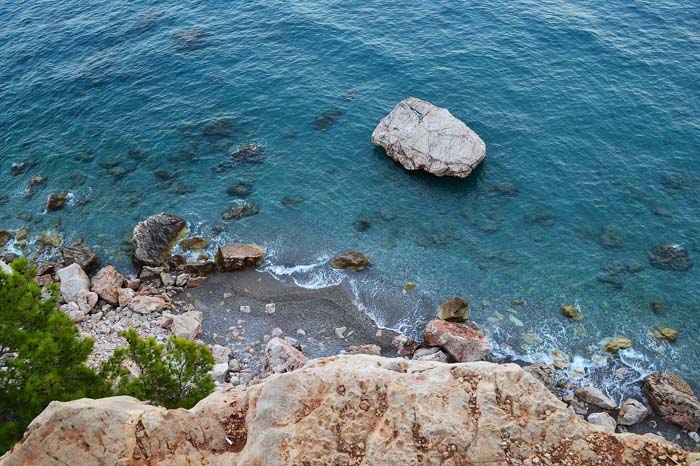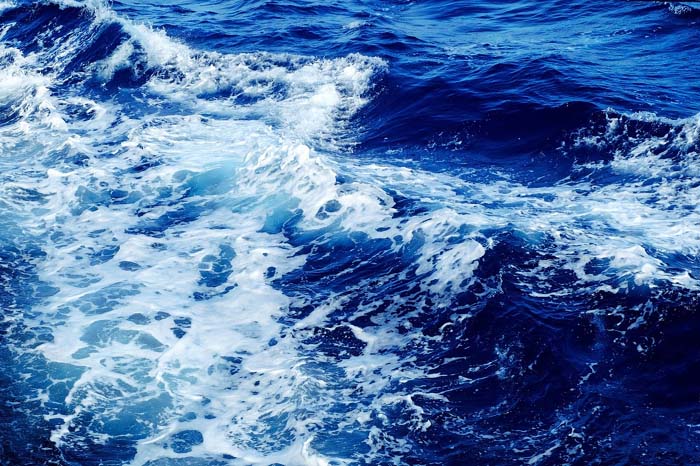
The saltiness of brackish water is between fresh water and saline water, with the former being less salty. In terms of salt content, brackish water can have anything from half a gram to thirty grams per liter. In addition to being salty and hard, it can contain large amounts of magnesium and calcium.
Because of its high salt concentration, this water is unfit for human consumption unless treated. However, slightly brackish water is suitable for cattle. Industrial, governmental, agricultural, community and horticultural uses abound. This water is also readily available in both surface and groundwater forms. Membrane desalination, specifically reverse osmosis, is the primary method for treating brackish water.
How do you treat brackish water?
A desalination-rated water treatment system helps treat brackish water. The term “desalination” refers to purifying salty water by removing the dissolved mineral salts. Two main desalination processes help to purify brackish water: Distillation and reverse osmosis (RO). Although distillation and reverse osmosis are other methods for desalinating seawater, the increased salt concentration of seawater makes this process less effective.
- Distillation
One way to remove salt from water is by distillation. This is similar to how water evaporates in the air. Heat is applied to brackish water until steam is generated. Because minerals and salts are not as soluble in water as water, the process of purifying saltwater involves allowing the water to condense before returning to its liquid state.
Solar distillation and multistage flash distillation are the two main techniques to remove salt from brackish water. Solar distillation is employed in small communities and small-scale operations, whereas multistage flash distillation is ideal for large-scale operations.
Pros:
- High-quality desalinated water, easy operation, and a simple design.
Cons:
- Power usage, exorbitant running expenses, scaling, and corrosion are easy.
Reverse osmosis
When it comes to desalination, reverse osmosis is matchless. The process of reverse osmosis involves pushing salt water through a semipermeable membrane by means of pressure. By allowing just water to pass through, the membrane purifies brackish water by preventing the passage of dissolved salts and other pollutants. On a daily basis, Israel’s one of the biggest reverse osmosis desalination plants can generate over 165 million gallons of fresh water.
Electrodialysis:
An ion exchange membrane is used in electrodialysis, a separation technique, to separate anions and cations in brine. The process uses an electric field to decrease the salt concentration in the freshwater chamber and get fresh water. Electrodialysis can be assembled in three different ways: one stage and one section (for large and medium-sized water production), one stage and multi-section (for high desalination rate and modest water output), and multi-section and multistage. Both vertical and horizontal installations are possible.
Drawbacks:
- Because of the high amount of energy required to keep the equipment running, its use in the brackish water desalination project is restricted.
- Cannot get rid of all bacteria and organic matter in water.
- Electrodialysis is better suited for desalinating low-salt brackish water. This is because energy consumption increases with feed water salt concentration.
What Is Brackish Used For?
Both the desalinated and naturally salty forms of brackish water have their uses. In its raw form, water finds widespread application as a coolant in the mining, gas, oil, and thermal power sectors. Furthermore, brackish water can be ideal for irrigation in salinity agriculture.
With salty conditions and brackish water irrigation, you can grow salt-tolerant crops like oats and cabbage on land. More food security and less strain on limited freshwater resources are two benefits of saline agriculture, which is common in the Middle East.
What are the brackish water ecosystems?
You can find water in a variety of places, including underground aquifers, lakes, estuaries, and artificial streams and pools. Worldwide, you can find estuaries and other bodies of brackish water.
Some examples of artificial brackish water sources include marshes for prawn farming and the streams and pools formed by dikes that were constructed to restrict water flow from seas and rivers.
Last but not least, deep fossil aquifers include brackish groundwater. The presence of saltwater intrusion in coastal regions or the accumulation of minerals like chloride and sodium in groundwater can cause it to be brackish. Alternatively, brackishness in groundwater can be a product of ancient seas. New Mexico has a lot of brackish groundwater—about 75% of it. If a private well gets water from a brackish well, it will taste brackish. The water in question must undergo treatment prior to its utilization in this instance.
Two examples of brackish water
The most well-known body of brackish water is an estuary, which is a river’s mouth at sea level.
When the salty ocean waters mix with freshwater lakes and seas, the result is brackish water. The Baltic Sea is one such example.
The problem with brackish water?
The amount of salt and other dissolved substances makes it unfit for human consumption; the cost of treatment is high, and controlling its withdrawal is difficult enough.
 Can brackish water be purified?
Can brackish water be purified?
Solar distillation and multistage flash distillation are the two main techniques to remove salt from brackish water. Solar distillation is employed in small communities and small-scale operations, whereas multistage flash distillation is used in large-scale operations.
- Solar distillation
A plastic or glass dome helps to cover a pool of brackish water in solar distillation. The water evaporates and condenses on the cover as sunlight passes through it. Next, the freshwater condensation drains into a collecting basin via the cover.
- Multistage flash distillation
Multistage flash distillation involves subjecting brackish water to high pressure and heat in a series of chambers. The water boils quickly because the pressure drops in each chamber. After each chamber produces vapor, it is cooled and collected as fresh water. The daily production of fresh water in Saudi Arabia is over 200 million gallons, thanks to one of the world’s largest multistage flash distillation facilities.
How do you treat brackish water?
A rising population threatens freshwater supplies, particularly in dry areas. Treating the water could be one way to alleviate this problem. One possible solution to the problem of water shortage is the widespread availability of brackish water sources. The responsible use of this water is essential to continue providing lasting solutions, as with any natural resource.
The severe freshwater state in most countries could be greatly improved if the water could be desalinated and transformed into drinking water using simple, effective, and practical methods. This would solve many problems, including industrial production, irrigation for industry and agriculture, and the health of people drinking the water.
The most effective techniques for desalinizing the water are reverse osmosis, electrodialysis, and distillation.
Is it okay to consume brackish water?
Because of its high salt content, the water is not suitable for human consumption. Dehydration can occur if you consume salty water. This is because your kidneys will generate more urine than is necessary to flush out the excess salt. Desalination and treatment make the water drinkable, though.
Consumption of this water for long periods of time can have devastating effects on human health. This includes potential cancer and kidney stones, compromised immunity, and gastrointestinal problems.
How deep do you have to go to find brackish water?
The location of brackish groundwater is typically at enormous depths of four thousand feet or more, though this is only sometimes the case (for example, in certain aquifers near the shore).
Conclusion
Brackish water is perfectly safe to drink despite its misleading name. It is a naturally occurring semi-salty, semi-fresh water variety found in many regions of the globe. Like any other place on Earth, it’s not kind to some organisms while being ideal for others. But things can get dicey when the water is the result of humans. Water contamination can cause brackish water, which, if ignored, can harm the environment more.
Feel free to get in touch with any additional questions regarding brackish water and our collective responsibilities in light of the possibility that its salinity results from human activities.
